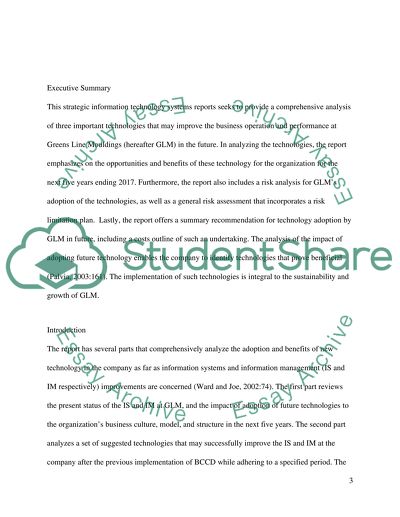Cite this document
(“Current Issues for Strategic Information Systems Report Essay”, n.d.)
Retrieved from https://studentshare.org/information-technology/1449638-current-issues-for-strategic-information-systems
Retrieved from https://studentshare.org/information-technology/1449638-current-issues-for-strategic-information-systems
(Current Issues for Strategic Information Systems Report Essay)
https://studentshare.org/information-technology/1449638-current-issues-for-strategic-information-systems.
https://studentshare.org/information-technology/1449638-current-issues-for-strategic-information-systems.
“Current Issues for Strategic Information Systems Report Essay”, n.d. https://studentshare.org/information-technology/1449638-current-issues-for-strategic-information-systems.


